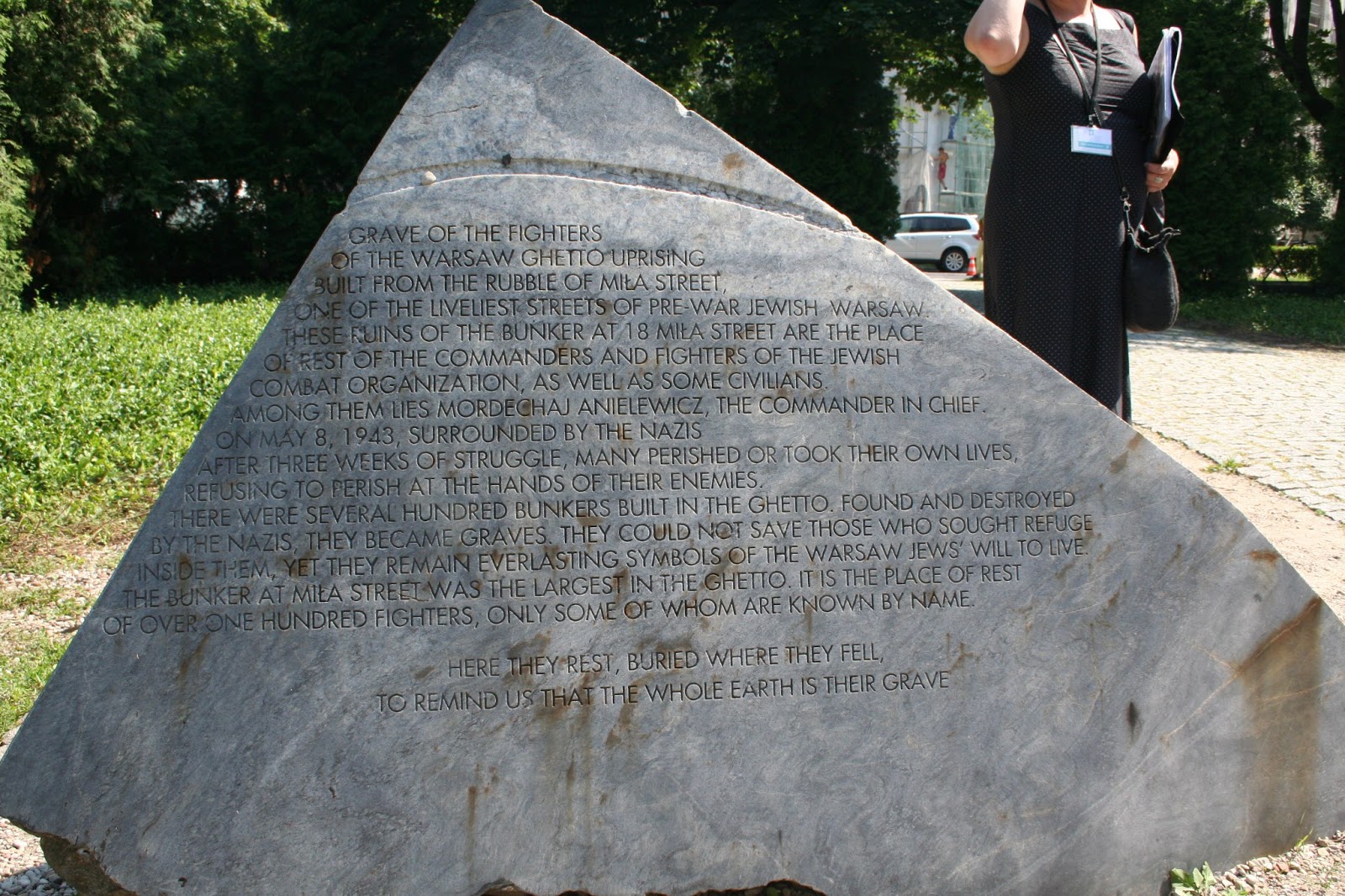The
Elizabeth C. and Peter Tower Gallery at Daemen College will host the American premier
of the photography exhibit, Re-generation.
Jewish Life in Poland featuring photos of Chuck Fishman. An opening
reception for the exhibit will be held on September
12th from 5:00 - 7:00 p.m at the gallery located in the Haberman Gacioch
Arts Center at Daemen College (4380 Main Street, Amherst NY). The exhibit will be on display from September 12 - October 11, 2019. Regular gallery hours are 9:00 a.m.-5:00 p.m.
Monday through Friday. The exhibit and events surrounding it are free and open
to the public
The
extensive exhibit documents the rebirth of Jewish life in Poland, featuring
photos which span over 40 years beginning in 1975. It provides one of the most
comprehensive records of European Jewry of the last 50 years and the enormous
impact the 1989 rise of the Third Polish Republic had on the revival of Jewish
communities and the revival of the consciousness of history among the wider
community in Poland. Once home to the largest Jewish community in Europe, Germany’s 1939 invasion and Hitler’s Final Solution virtually obliterated the
Jewish community and the rich Jewish culture Poland once knew. Journalist Ruth Ellen Gruber notes that Mr.
Fishman set out in the 1970s and 80s to capture the “final chapter” of this
storied 1000 year history and has joyfully failed as he is “now chronicling an
expanding, multi-faceted and ever-unfolding story - and long may he do so!”
RELATED EVENTS
A preview documentary, Bogdan’s Journey, about one man’s effort
toward healing the wounds of the 1946 Kielce Pogrom, will be shown on Monday, September 9th at 7:00 p.m. at
the Maxine and Robert Seller Theater located in the Jewish Community Center,
Benderson Family Building, 2640 North Forest Road in Getzville.
On Friday,
September 13th at 1:00 p.m. Daemen’s
Wick Alumni Lounge will be the site of a panel discussion with guest panelists
Jakub Nowakowski, Executive Director of the Galicia Jewish Museum in Krakow who
coordinated the exhibit’s visit to the United States; Dr. Sean Martin, the
Associate Curator for Jewish History at Western Reserve Historical Society in
Cleveland; and award-winning Buffalo journalist Rich Kellman, who reported on
developments in Poland in the 1970s and 1980s.
A screening of the documentary, A
Town Called Brzostek, about the restoration of the Jewish Cemetery there,
will also be shown during the panel event.
An additional documentary, The
Return, about being young and Jewish in Poland today, will be screened on Tuesday, September 17th at 7:00 p.m. at
the Research and Information Commons (RIC) 120 on the Daemen Campus. The exhibition gallery
will be open on September 17th until 7:00 pm.
This project is co-financed by the Ministry of Foreign Affairs of the Republic of Poland as a part of the “Public Diplomacy 2019” program and is made possible by the Galicia Jewish Museum, and sponsorships from the Visual and Performing Arts Department, the Center for Polish Studies and the History & Political Science Department at Daemen College, the Permanent Chair of Polish Culture at Canisius College, the Buffalo Jewish Community Relations Council, the Jewish Community Center of Greater Buffalo, and the Holocaust Resource Center of Buffalo.


























.JPG)





